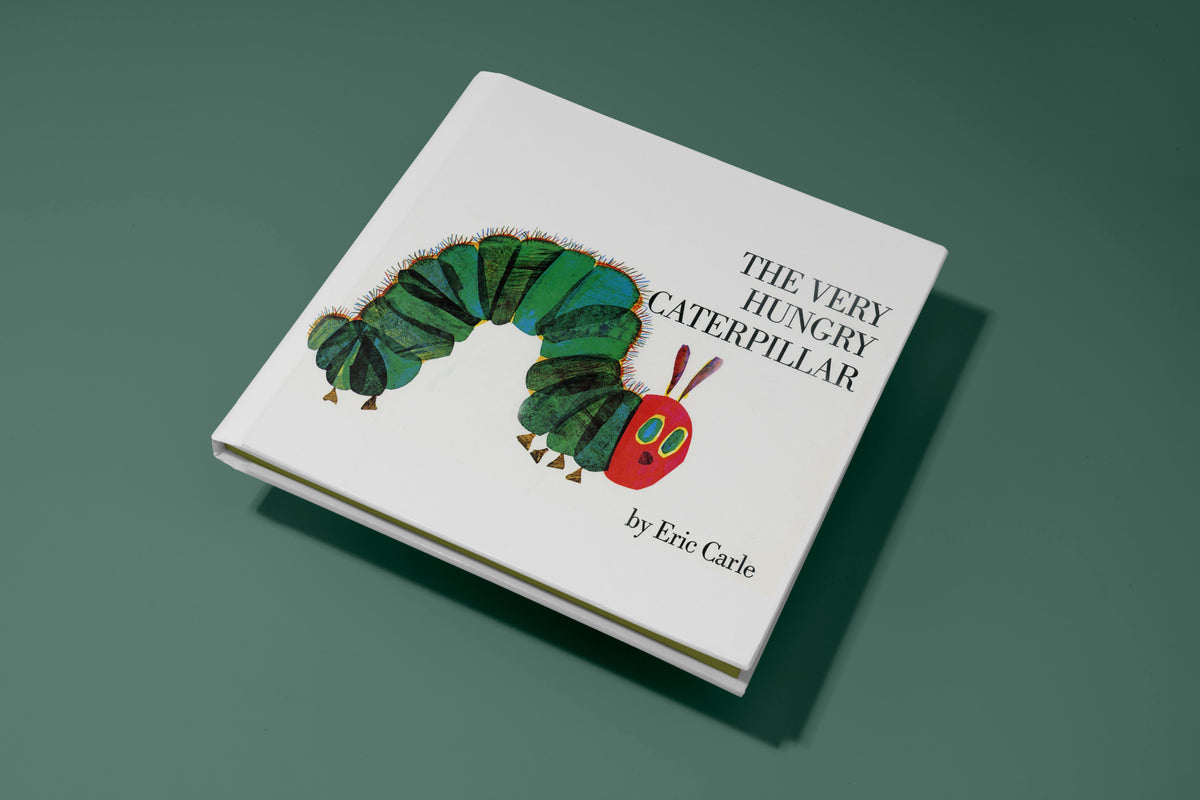Graphic Novel
What Is Graphic Novel? (Definition & Examples)
A graphic novel is a book-length work that uses a combination of illustrations and text to tell a story. Unlike traditional novels, graphic novels rely heavily on visual storytelling, often using sequential art similar to comic books. In the UK literary market, graphic novels have become increasingly popular across all age groups, from children discovering illustrated stories to adults enjoying sophisticated narratives.
Detailed Explanation
Graphic novels have their roots in the long tradition of illustrated storytelling, but the term gained popularity in the late 20th century as publishers sought to distinguish longer, more complex works from shorter comic formats. They are now a respected literary form in their own right, spanning genres such as fantasy, science fiction, memoir, and historical fiction.
In the UK, graphic novels play a key role in both mainstream publishing and education. They are particularly valued in schools as a way to engage reluctant readers, since the visual element makes stories more accessible and less intimidating. Teachers often order bulk sets of graphic novels to support literacy programmes or diversify classroom reading materials.
At Fox & Fable Booksellers, graphic novels are also a popular choice for book clubs and businesses looking for creative staff appreciation gifts. Because they combine art and narrative, they appeal to readers who may not usually engage with traditional novels, broadening access to literature.
Examples of Graphic Novels and Authors
-
Maus by Art Spiegelman – a Pulitzer Prize-winning memoir often studied in schools.
-
Persepolis by Marjane Satrapi – a graphic autobiography, popular in book clubs and university courses.
-
Watchmen by Alan Moore and Dave Gibbons – a British classic that reshaped superhero storytelling.
-
Heartstopper by Alice Oseman – a contemporary UK graphic novel series, widely read by teens.
-
Bone by Jeff Smith – often ordered in bulk for younger readers in schools.
Why Graphic Novels Matter
Graphic novels matter because they offer a unique way to combine words and art, opening literature to a broader audience. For teachers, they support literacy and visual learning. For schools and libraries, bulk orders ensure students have access to inclusive and engaging material. And for book clubs, graphic novels spark lively discussions about art, narrative, and identity.
Relevant Tags
graphic novels UK
children’s graphic novels
YA graphic novels
comic books vs graphic novels
bulk graphic novels
school literacy packs
graphic memoirs
illustrated novels
UK graphic novel authors
book club graphic novels




